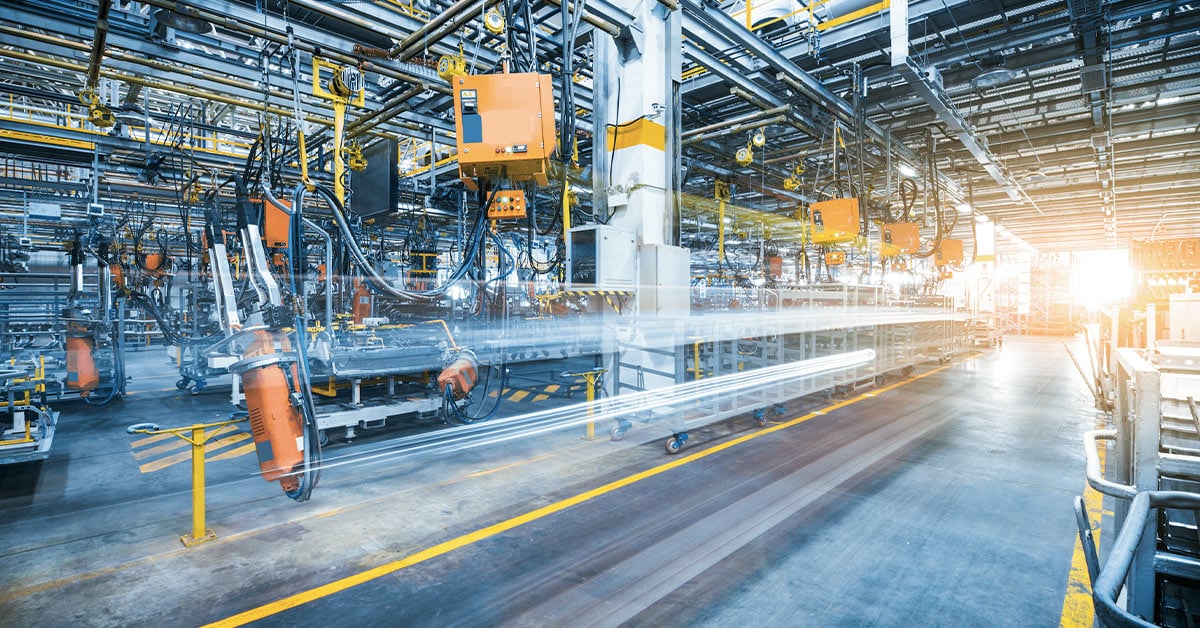Exactly How Facility Management Boosts Office Productivity
Exactly How Facility Management Boosts Office Productivity
Blog Article
Trick Fads Forming the Future of Facility Monitoring in 2024
As we look in advance to 2024, the landscape of facility monitoring is poised for significant change, driven by numerous crucial patterns. The combination of smart structure technologies and a shift in the direction of data-driven decision-making pledge to improve operational performance while prioritizing sustainability in practice.
Smart Building Technologies

Smart building innovations encompass a large selection of systems, consisting of smart illumination, a/c controls, and safety systems. By incorporating these systems, center managers can keep an eye on and adjust criteria in real-time, leading to significant decreases in energy waste and operational costs. As an example, smart sensors can discover occupancy degrees and readjust illumination and temperature appropriately, making sure that power is only used when necessary.
Additionally, these technologies facilitate enhanced information collection, allowing organizations to track use patterns and determine possibilities for more renovations. The application of clever building technologies not just contributes to sustainability goals but also develops much healthier workplace that can increase worker efficiency and satisfaction.
As we move into 2024, the fostering of clever structure innovations will likely speed up, showing a wider change towards more smart, receptive, and sustainable center monitoring techniques.
Data-Driven Choice Making
Significantly, organizations are leveraging data-driven choice making to boost facility administration practices. By harnessing information analytics, facility supervisors can obtain workable understandings that considerably boost operational performance and source allowance. The integration of sophisticated technologies, such as IoT sensors and real-time surveillance systems, allows the collection of substantial quantities of information on building efficiency, tenancy prices, and power consumption.
This wide range of info permits facility managers to recognize trends, anticipate upkeep demands, and proactively address problems before they rise. For circumstances, anticipating analytics can anticipate devices failures, reducing downtime and fixing costs. Furthermore, information visualization devices promote much better interaction amongst stakeholders, guaranteeing that notified choices are made collaboratively.
Additionally, data-driven methods improve tactical planning by enabling center managers to examine the performance of existing methods and make informed options relating to financial investments in modern technology or infrastructure. As organizations significantly prioritize functional excellence, data-driven decision production is positioned to become a keystone of effective facility administration techniques in 2024 and beyond. Inevitably, the ability to leverage information successfully will encourage organizations to develop a lot more reliable, efficient, and resilient centers.
Sustainability and Environment-friendly Practices
The focus on data-driven choice making normally straightens with the growing focus on sustainability and green practices within facility management. As organizations increasingly focus on ecological duty, center supervisors are leveraging analytics to enhance resource use, minimize waste, and reduce carbon impacts. This calculated approach allows the assimilation of energy-efficient systems, such as LED lighting, clever a/c controls, and renewable resource sources right into center operations.
Moreover, the application of lasting practices expands beyond energy consumption. Center managers are promoting and embracing environmentally friendly products reusing efforts to develop a circular economy within their centers. This not just improves the ecological account of the organization yet likewise promotes a culture of sustainability among staff members.
Conformity with ecological regulations is one more essential facet driving the fostering of green methods. By using information analytics, facility managers can keep an eye on conformity metrics and recognize areas for improvement, making sure adherence to international and neighborhood sustainability criteria.
Hybrid Job Versions
A substantial change in the direction of hybrid work click this link models is reshaping the landscape of facility management in 2024. This standard integrates remote and in-office job, necessitating a reevaluation of area use, source allocation, and staff member involvement strategies. Organizations are increasingly acknowledging the relevance of adaptable offices that cater to diverse needs and choices.
Facility supervisors should adapt by carrying out functional office layouts that sustain joint efforts while offering areas for concentrated work. This consists of the integration of innovation to promote smooth communication and collaboration amongst in-office and remote employees. Smart structure options, equipped with sensing units and analytics, enable for real-time surveillance of space usage, enabling organizations to enhance their atmospheres successfully.
In addition, crossbreed job designs stress the demand for efficient facility management that prioritizes staff member experience. In essence, the crossbreed job design is reinventing facility management, motivating a proactive approach to meet the progressing demands of the workforce.
Enhanced Occupant Wellness
As organizations welcome hybrid work versions, a heightened emphasis on occupant wellness is becoming indispensable to center administration methods. Facility Management. This shift identifies that a healthy important site and pleased workforce straight affects performance and retention rates. Center supervisors are now focusing on atmospheres that promote psychological and physical well-being, integrating elements such as all-natural illumination, biophilic design, and easily accessible wellness sources

Modern technology plays an important role in this evolution. Smart building systems can monitor ecological aspects and adjust settings in real-time, making sure optimal comfort degrees - Facility Management. Moreover, responses devices, such as tenancy sensors and employee studies, allow facility supervisors to consistently refine useful reference wellness campaigns based upon owner needs.

Final Thought
In 2024, the future of center administration will certainly be considerably influenced by the integration of clever structure technologies and data-driven decision-making, fostering improved functional performance. These patterns jointly underscore the evolving landscape of center monitoring in feedback to modern challenges and possibilities.
Center supervisors are adopting environment-friendly products and promoting reusing efforts to create a circular economic situation within their facilities.A considerable shift in the direction of hybrid job versions is improving the landscape of facility monitoring in 2024.Moreover, hybrid job versions emphasize the need for effective facility administration that prioritizes staff member experience.As organizations welcome hybrid work designs, an increased emphasis on passenger wellness is becoming essential to center management strategies.In 2024, the future of facility management will certainly be dramatically affected by the combination of smart structure innovations and data-driven decision-making, promoting enhanced functional efficiency.
Report this page